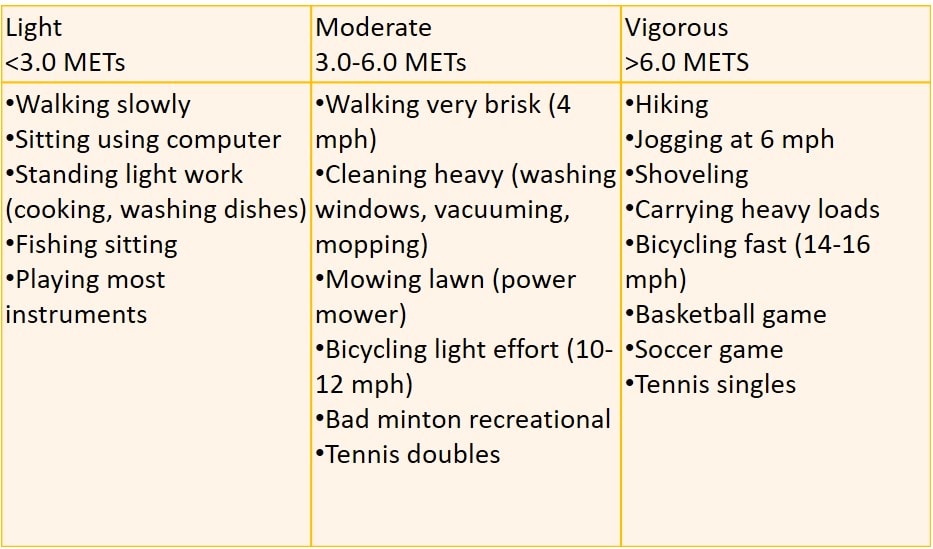Are Multiple Short Bursts of Activity as Beneficial as One Long Workout?
How should you work out? Does it have to take a long time to be effective? After all, who doesn’t usually have something better to do? Research may begin to answer that question.
What Most Holds You Back from Exercise?
New Year’s has long since come and gone. Now, many months into 2018, it’s time to take an inventory of how well you’re doing with your resolutions. Particularly those that relate to your exercise and health. Are you a steam engine, chugging full speed ahead along the rails of activity and good health, or has your activity pace become more sloth-like and your diet taken a turn for the worse? Like many, you may be somewhere in the middle, trying but lacking and desperately seeking the motivation to get back on track.
So what’s holding you back? Is it the thought of leaving work after a long eight-, nine-, or ten-hour day and hitting the gym for another hour? Is it you just want to get home and relax and even thirty straight minutes of exercise is just more than you can face? The good news is, there may be another way. A new study suggests that multiple short bursts of activity may benefit you just as much as one long workout session. Let’s take a look.
Multiple Short Bursts of Activity vs. a Long Workout: Your Health Benefits the Same
The new study consisted of 4,840 participants aged 40 and older. Participants wore accelerometers that measured physical activity throughout each day for seven days and specifically focused on moderate-to-vigorous levels of activity. Participants were followed after the study for over six years.
The results? Those who had greater total levels of moderate-to-vigorous activity had lower mortality (death) risk regardless of the time spent at each activity session. So researchers concluded that even physical activity (at a moderate-to-vigorous level) performed in multiple bouts has a similar beneficial effect on health as longer single sessions of exercise. In other words, 150 minutes of moderate-to-vigorous activity (the recommended minimum) at six 5-minutes sessions or three 10-minute sessions five days a week can be just as effective as one 30-minute session five days a week.
So what is moderate to vigorous physical activity? The two columns on the right represent what you need to do:
You Can Also Recharge Your Brain with a 10-Minute Burst of Exercise
The health benefits of short bursts of activity aren’t just seen in lowered mortality risks. A few months ago, I covered a study that found that a quick 10 minutes of moderate-to-vigorous activity also recharged the brain. So when that afternoon slump sets in, a couple of brisk laps around your office building or running up and down the stairs for 10 minutes not only wakes up your brain but can also benefit your health in general.
The upshot? I’m personally excited about this one. Why? The fact that bounding up the stairs in our office or taking a brisk walk on days when I can’t muster the energy to get a workout in can all add up to activity that will reduce mortality is great news!

If you have questions or comments about this blog post, please email us at [email protected]
NOTE: This blog post provides general information to help the reader better understand regenerative medicine, musculoskeletal health, and related subjects. All content provided in this blog, website, or any linked materials, including text, graphics, images, patient profiles, outcomes, and information, are not intended and should not be considered or used as a substitute for medical advice, diagnosis, or treatment. Please always consult with a professional and certified healthcare provider to discuss if a treatment is right for you.

